Gum Abscesses: Symptoms, Causes, and Treatment Options

Gum Disease
Most of the time, if you have severe gum abscesses, you’ll know that right away. An abscess can be one of the most painful dental conditions—and it often develops rapidly. Occasionally, however, it may result from a simmering infection that builds up over a long period of time. In either case, it indicates that a pus-filled sac has begun to form beneath the gum line. A periodontal (gum) abscess may cause intense pain due to the pressure building up inside of it. You need immediate treatment to not only relieve pain but also to prevent potential tooth loss and keep the infection from spreading.
What Causes an Abscess?
Particles of food or foreign materials trapped in the spaces between teeth and gums are one common cause of periodontal abscesses. If not removed, bacteria present in the foreign substance or in the mouth may begin to cause inflammation and infection. Uncontrolled periodontal (gum) disease is another potential cause: When harmful bacteria begin to flourish in protected pockets beneath the gums, an abscess may develop. Occasionally, an infection that starts deep inside a tooth may travel through the tooth roots and into the tissue nearby, causing an abscess.
Symptoms of an Abscess

- Sharp or throbbing pain in the jaw, which may be moderate to intense, is the most common symptom of an abscess.
- Fever or swelling may also be noticed.
Most who experience these painful symptoms will seek treatment right away—and fortunately, treatment usually stops the pain immediately. Other symptoms of a possible gum abscess include:
- Pus leaking into the mouth may cause unpleasant tastes or odors (bad breath).
- Occasionally, an abscess may cause little or no pain—but it still needs treatment, because the infection won’t go away on its own, and may cause further damage.
Treatment and Prevention of an Abscess
If you think you may have an abscess, call your dentist’s office right away, explain the symptoms you are experiencing, and follow their advice. You will probably need to come in quickly for an evaluation and treatment. Normally, treatment involves draining the pus, controlling the infection (using antibiotics in some cases), and removing the cause of the infection. Depending on the severity of the infection, further procedures, such as periodontal (gum) surgery, a root canal or a tooth extraction, may be recommended. It’s very important to treat an abscess properly; if left untreated, the infection can spread into the sinus cavities, the face, or the bone of the jaw.
Maintaining good oral hygiene is the first step toward keeping an abscess from forming. Clearing food debris and dental plaque from the mouth with daily brushing and flossing stops harmful bacteria from proliferating in the mouth and under the gums. For some individuals, periodontists may recommend therapeutic mouth rinses and periodontal treatments as preventive measures against all types of oral infections, including abscesses, gum disease, and tooth decay.




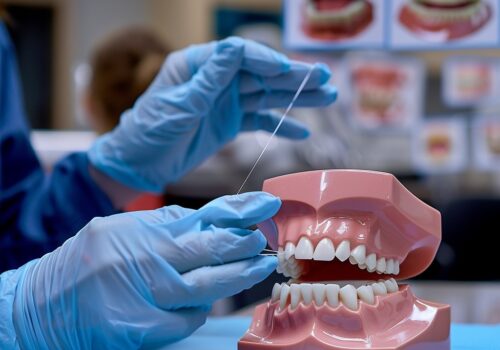


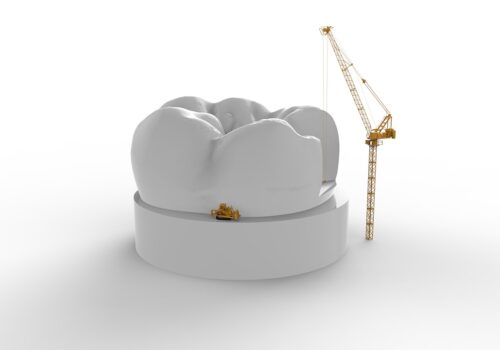
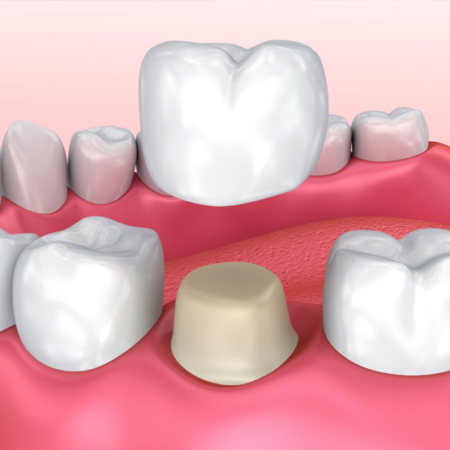
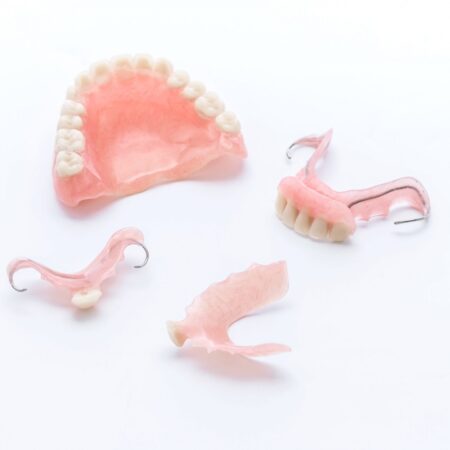

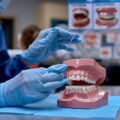


Leave a Reply